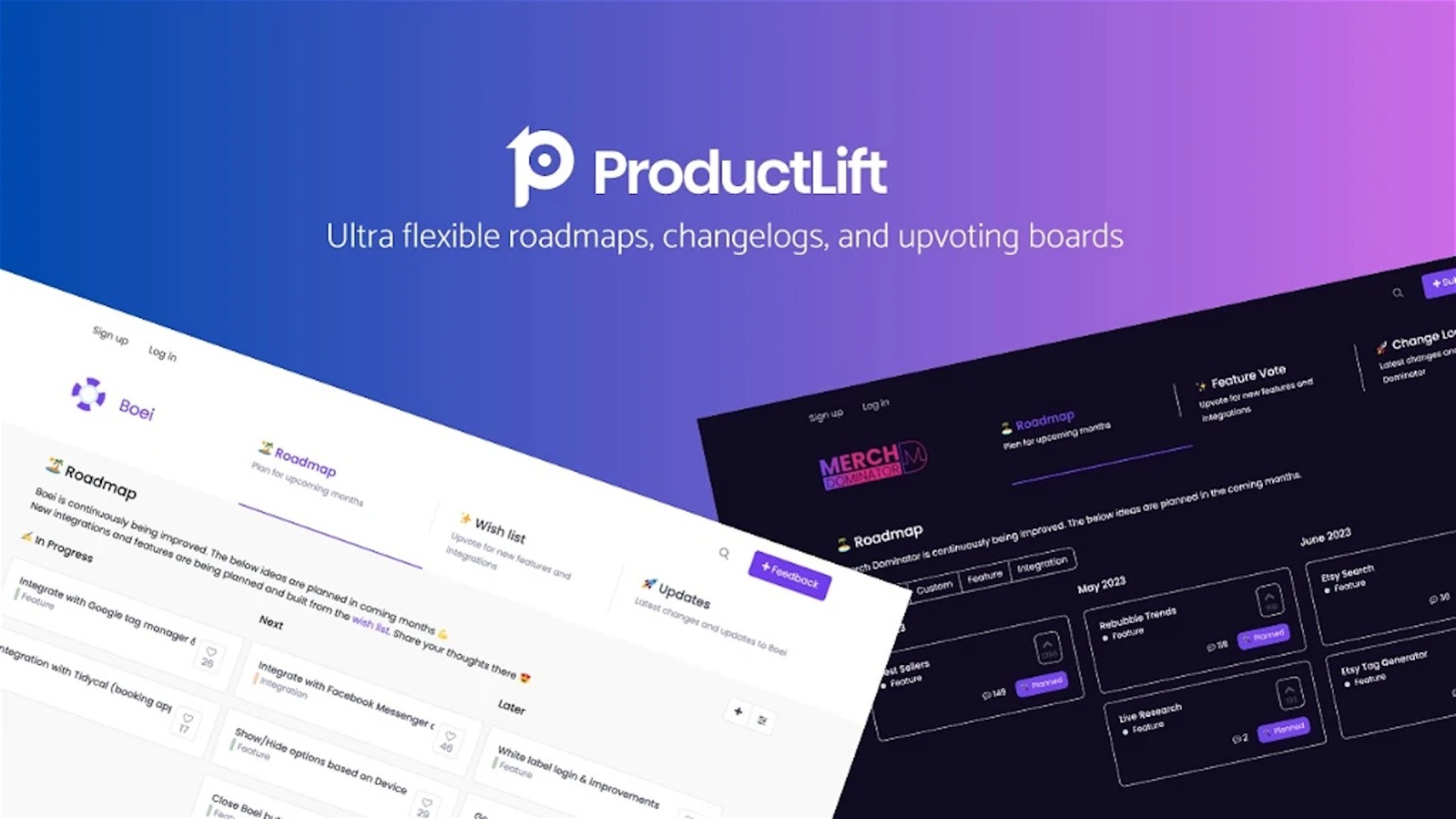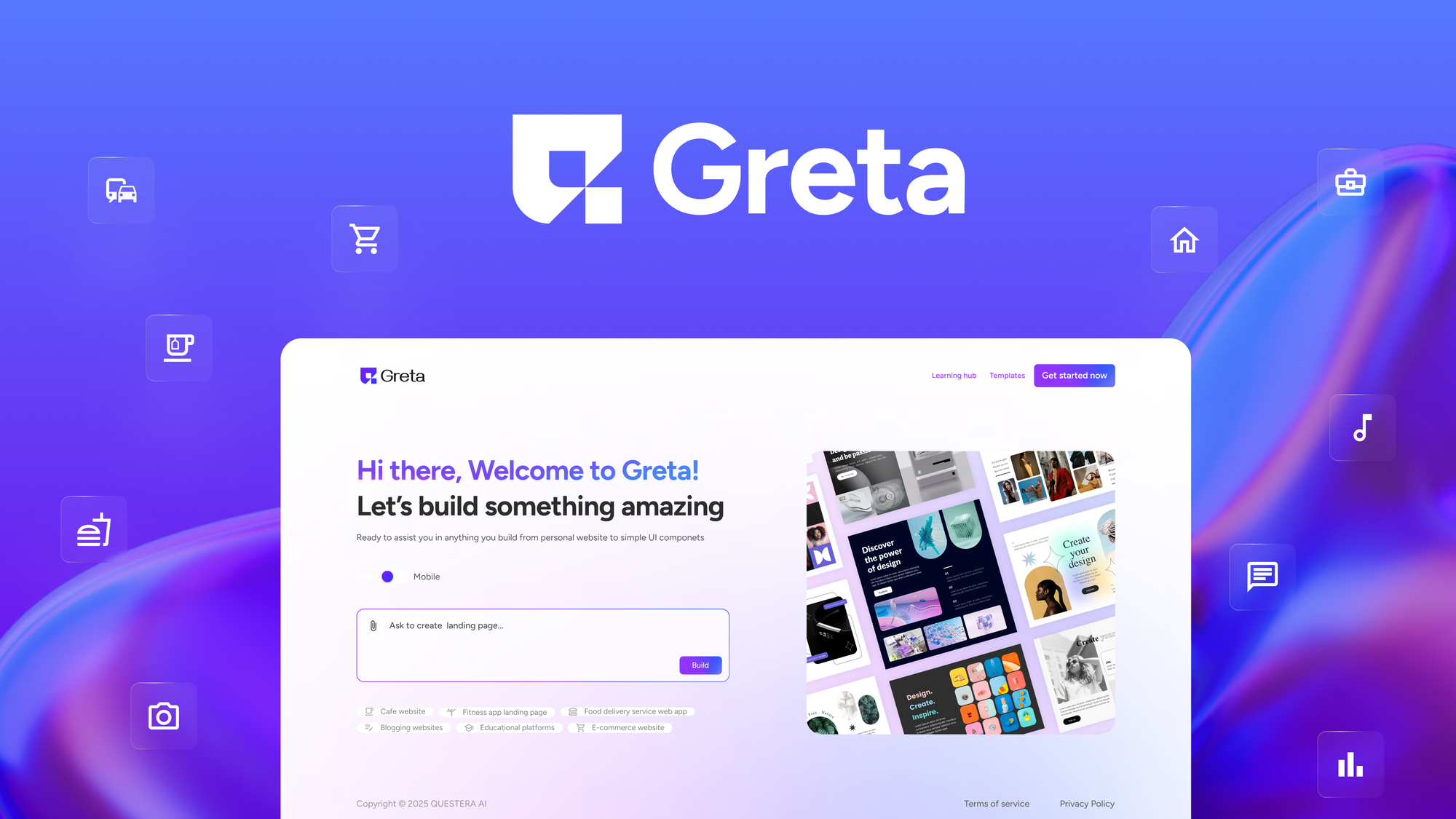As a product manager, navigating the maze of user feedback can sometimes feel like herding cats. My recent venture into exploring ProductLift opened my eyes to a refreshing approach – it’s like upgrading from a chaotic notebook to a sleek, digital organizer. I never imagined feedback could be transformed into a well-structured roadmap with such finesse!
Table of Contents
ToggleWhy Choose ProductLift?
When it comes to managing feedback, chaos can easily take over. I’ve been there. You collect feedback through various channels, and suddenly, you’re drowning in spreadsheets and scattered notes. That’s where ProductLift comes in. This platform offers a centralized feedback management system that truly reduces chaos. Imagine having all your feature requests in one place, organized and prioritized. It’s a game changer!
Centralized Feedback Management
With ProductLift, you can say goodbye to the confusion of managing feedback through multiple spreadsheets. Instead, you get a streamlined system that allows you to collect, organize, and prioritize requests without duplication. This is especially useful for teams that handle a high volume of feedback. Think about it: how much time do you waste sifting through emails and documents? ProductLift eliminates that hassle.
Customizable Features for Enhanced Branding
One of the standout features of ProductLift is its customizability. You can configure statuses, tabs, sections, and categories to fit your unique branding needs. Want to add a personal touch? You can even use (S)CSS to create a look that aligns with your brand. This level of customization ensures that your feedback management system feels like an extension of your business rather than just another tool.
Have you ever used a tool that felt generic? It’s frustrating, right? With ProductLift, you can create a user experience that resonates with your customers. This adaptability makes it suitable for various team structures, whether you’re a small startup or a large corporation. You can tailor it to fit your workflow seamlessly.
Ease of Integration
Another aspect I appreciate is the ease of integration into existing systems. ProductLift allows you to incorporate features like sidebars and embeds, making it simple to integrate into your current workflow. This is crucial for teams seeking efficiency in user feedback processing. You don’t want to disrupt your entire system just to implement a new tool.
Collaborative Feature Requests
ProductLift also promotes collaboration. Users can voice their needs and vote on existing suggestions. This feature is fantastic for ensuring that the most pressing requests are prioritized. It brings a sense of community to the feedback process. After all, who knows your product better than the users themselves?
“ProductLift has streamlined our feedback process like never before!” – Ruben Buijs
Visual Roadmaps and Prioritization
As I explored ProductLift’s roadmap features, I was impressed by how visually appealing and organized it is. You can view projects by months, quarters, or sprints. This flexibility allows teams to adapt their planning based on their specific needs. Plus, the prioritization matrix helps you decide what to tackle first based on urgency and importance. No more guesswork!
Pricing and Accessibility
Pricing is another attractive aspect of ProductLift. It’s a one-time payment for lifetime access, which is rare in today’s subscription-based world. Plans start at just $49 for access to one project. You can even scale up to three codes for nine projects at $147. Each plan comes with unlimited changelogs, roadmaps, and user feedback. And let’s not forget the 60-day money-back guarantee. It’s a no-brainer!
In summary, ProductLift stands out as a comprehensive solution for anyone serious about managing feedback efficiently. Its centralized system, customizable features, and ease of integration make it a top choice for product managers and customer support teams alike. If you’re looking to transform customer feedback into actionable insights, I highly recommend checking out ProductLift. You can find more details through my affiliate link: ProductLift.
User-Friendly Roadmapping Features
When I first explored the roadmapping features of ProductLift, I was genuinely impressed. The platform offers a range of user-friendly tools that make project management not just easier but also more engaging. Let’s dive into some of these standout features.
Visually Organized Timelines Enhance Clarity
One of the first things I noticed was how visually organized timelines can significantly enhance clarity. Instead of sifting through endless spreadsheets, you can see your entire project laid out in a timeline format. This visual representation helps teams understand where they are in the development process at a glance. It’s like having a roadmap for a road trip—without it, you might get lost!
Flexible Project Viewing Options
Another great feature is the flexible project viewing options. You can choose to view your projects by months, quarters, or sprints. This flexibility allows teams to adapt their planning according to their specific needs. Are you working on a long-term project? Switch to a quarterly view. Need to focus on quick sprints? The monthly view is perfect for that. It’s all about what works best for your team.
Customization Options for Engagement
Customization is key in making the interface engaging. ProductLift allows you to tailor the layout of your roadmaps. You can add avatars and brief descriptions to each task, which adds a fun element to project tracking. Imagine seeing a little cartoon character next to a task—it makes the whole process feel more personal and less daunting.
As a Product Manager once said,
“The roadmaps are so intuitive, even my dog could navigate them!”
This quote perfectly captures the essence of how user-friendly these roadmaps are. They are designed not just for tech-savvy individuals but for everyone involved in the project.
Effective Communication with Stakeholders
Effective communication is crucial in any project. ProductLift incorporates a changelog feature that keeps stakeholders informed about updates and changes. This feature allows for automatic notifications about new builds, ensuring that everyone is on the same page. It’s like having a built-in newsletter for your project updates!
Visual Appeal Motivates Teams
The visual appeal of the roadmaps can also motivate teams to engage more with the project. When the interface is attractive and easy to navigate, team members are more likely to participate actively. It’s a simple psychological trick—if something looks good, we want to interact with it.
Conclusion
In conclusion, ProductLift’s roadmapping features are designed with the user in mind. The combination of visually organized timelines, flexible viewing options, and engaging customization makes it a standout tool for project management. Whether you’re a seasoned product manager or just starting, these features can help streamline your workflow and enhance collaboration.
For anyone looking to transform their feedback management process, I highly recommend checking out ProductLift. You can find more details and get started with their platform through my affiliate link: ProductLift Reviews – Best Feedback Management Software.
Prioritization Made Simple
In today’s fast-paced world, prioritization is crucial. We all have tasks that demand our attention. But how do we decide what to tackle first? The answer lies in a data-driven approach to task prioritization.
Why Data Matters
Gone are the days of guessing what’s most important. Instead of relying on gut feelings or vague assumptions, we can use actual user data to guide our decisions. This shift is empowering. It allows teams to focus on what truly matters to their customers.
Imagine you’re a chef in a busy restaurant. You can’t just guess which dish will be popular tonight. You need to know what customers ordered last week. Similarly, in product development, understanding user feedback is essential. It helps us prioritize features that will have the most impact.
Balancing Multiple Feature Requests
One of the biggest challenges in product management is balancing multiple feature requests. With a data-driven approach, we can efficiently manage these requests. Here’s how:
- Collect Feedback: Gather insights from users. What do they want? What problems are they facing?
- Analyze Data: Look for patterns in the feedback. Which features are requested most often?
- Prioritize: Use a prioritization matrix to rank tasks based on urgency and importance.
This method not only streamlines the decision-making process but also enhances team collaboration. Everyone can see which tasks are prioritized and why. It creates transparency, which is vital for team morale.
Encouraging Teams to Rely on User Data
Encouraging teams to rely on actual user data is a game changer. It shifts the focus from internal opinions to external needs. When teams see how their work impacts users, it motivates them to prioritize effectively.
For instance, I recently spoke with a user who said,
“Using the prioritization matrix changed our decision-making completely!” – A Satisfied User
. This quote highlights the power of data in shaping product strategies.
Targeting Urgent Industries
Some industries face more urgency than others. For example, tech startups often need to move quickly to stay competitive. In such cases, a prioritization matrix can be invaluable. It helps teams identify urgent tasks based on real customer feedback.
Think of it this way: if you’re in a race, you need to know which path to take to win. The prioritization matrix acts like a map, guiding you toward the most critical tasks. It enhances the quality of product decisions, ensuring that teams are always aligned with user needs.
Conclusion
In conclusion, adopting a data-driven approach to prioritization is essential for modern product development. It helps balance multiple feature requests efficiently and eliminates the guesswork. By focusing on actual user data, teams can make informed decisions that lead to better products. So, let’s embrace this change and prioritize wisely!
For those looking for a tool to help with this process, I recommend checking out ProductLift. It’s designed to transform customer feedback into actionable insights, making prioritization simpler and more effective.
The Appeal of Pricing and Accessibility
When I first stumbled upon ProductLift, I was immediately drawn to its pricing structure. It’s not just about the features; it’s about how accessible those features are. The idea of lifetime access for a one-time fee is incredibly appealing. Who wouldn’t want to invest in a tool that pays off in the long run?
Affordable Tier Options
ProductLift offers a couple of tier options that cater to various needs. For instance, you can start with Plan A at just $49 for one project. If you’re looking for something more robust, Plan B gives you access to nine projects for $147. This flexibility is a game-changer for small to medium-sized businesses. It allows you to choose a plan that fits your budget without compromising on essential features.
But why is this important? Well, many businesses today are looking for budget-friendly solutions. The transparency in pricing helps teams make informed purchasing decisions. You know exactly what you’re getting and how much it will cost. No hidden fees or surprises lurking around the corner!
Trust and Security with a 60-Day Guarantee
Another aspect that adds to the appeal is the 60-day guarantee. This isn’t just a marketing gimmick; it adds a layer of trust and security. If you’re unsure about committing to a new tool, this guarantee gives you the confidence to try it out without fear. You can explore all the features and see if it truly meets your needs.
As a user, I appreciate this kind of assurance. It shows that the company believes in its product and is willing to stand behind it. After all, who wants to invest in something that might not deliver? With ProductLift, you can take the plunge knowing you have a safety net.
Unbeatable Value
One of the standout quotes I came across while researching was from a tech enthusiast who said,
“For the features offered, the pricing is unbeatable!”
This sentiment resonates with many users who have experienced the platform firsthand. The combination of features, customization options, and pricing makes it a compelling choice for anyone serious about feedback management.
Moreover, the pricing structure is designed to be straightforward. This simplicity makes it easier for teams to choose the best plan for their needs. You won’t find yourself sifting through complicated pricing tiers or worrying about unexpected costs. It’s all laid out clearly, which is refreshing in today’s market.
Final Thoughts
In conclusion, I believe ProductLift stands out as a comprehensive and forward-thinking solution for any product manager or customer support team looking to streamline their feedback management process. With its impressive features, flexible customization options, and lifetime access deal, it is a valuable tool for anyone serious about developing products based on user feedback. The guarantee and responsive support from the founding team only add to its appeal, making it a strong contender in the feedback management arena, especially for SaaS companies.
If you’re interested in exploring ProductLift further, you can check it out through my affiliate link: ProductLift Reviews – Best Feedback Management Software.
TL;DR: ProductLift stands out as a versatile feedback management platform, offering customizable features, a prioritization matrix, and an attractive pricing model for effective product development.






